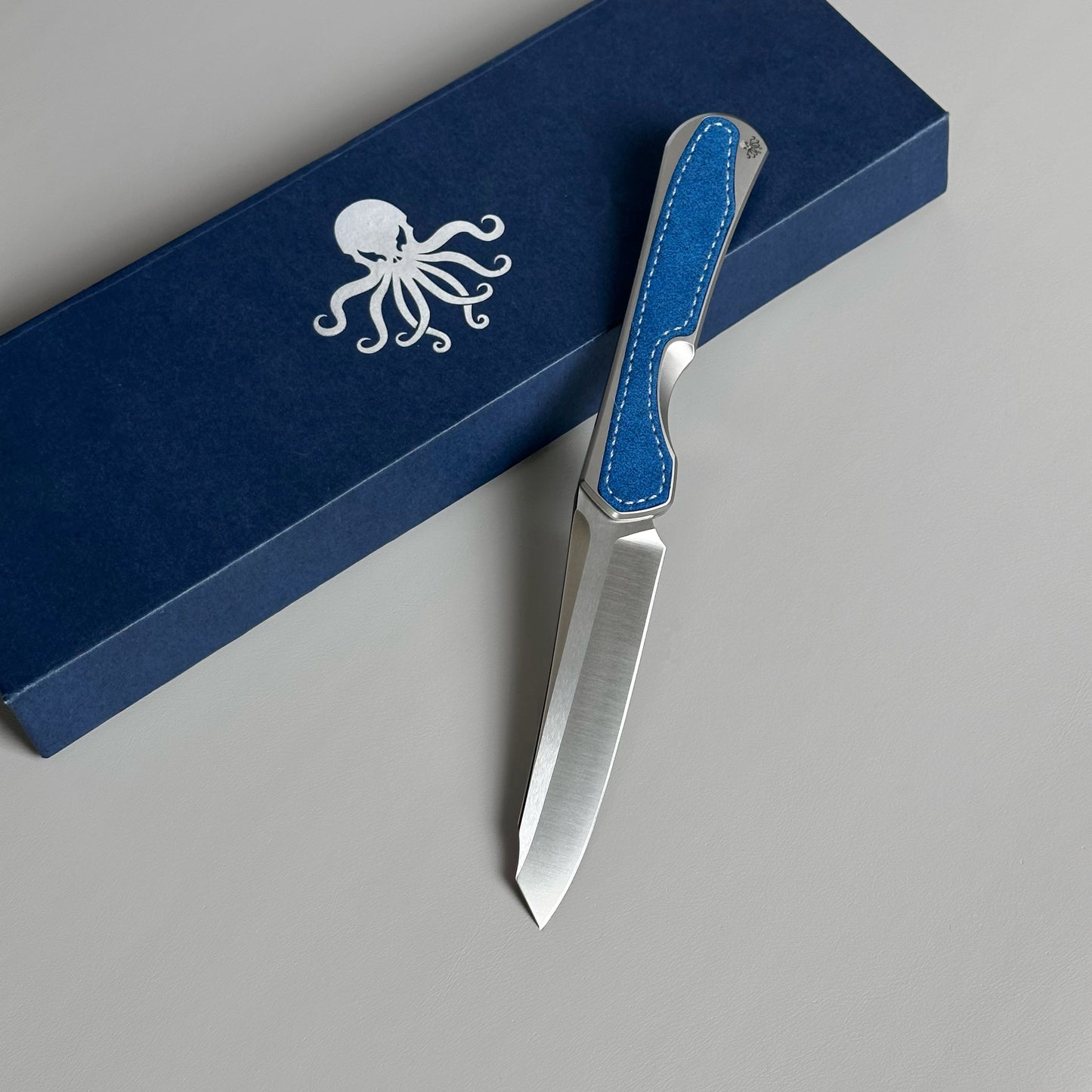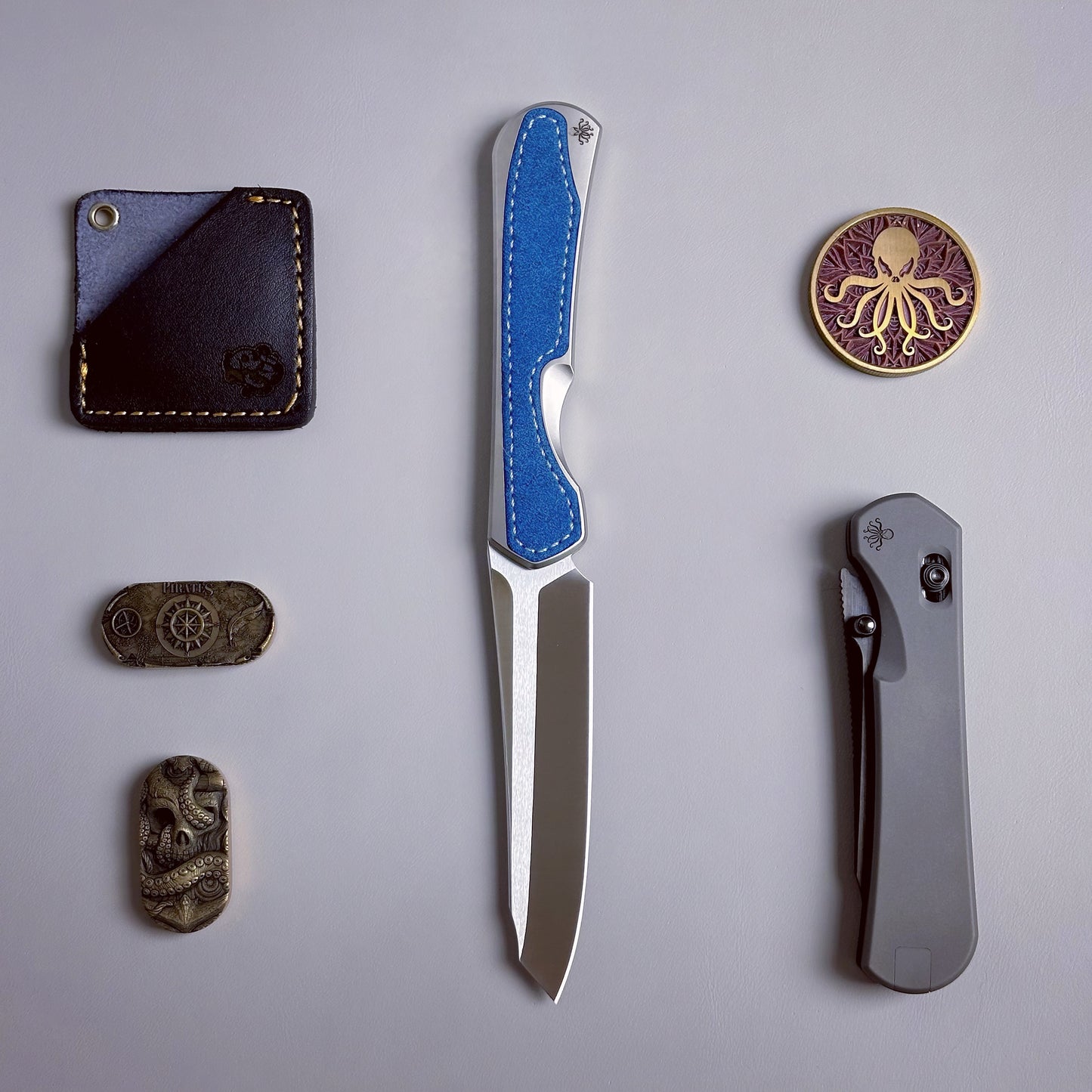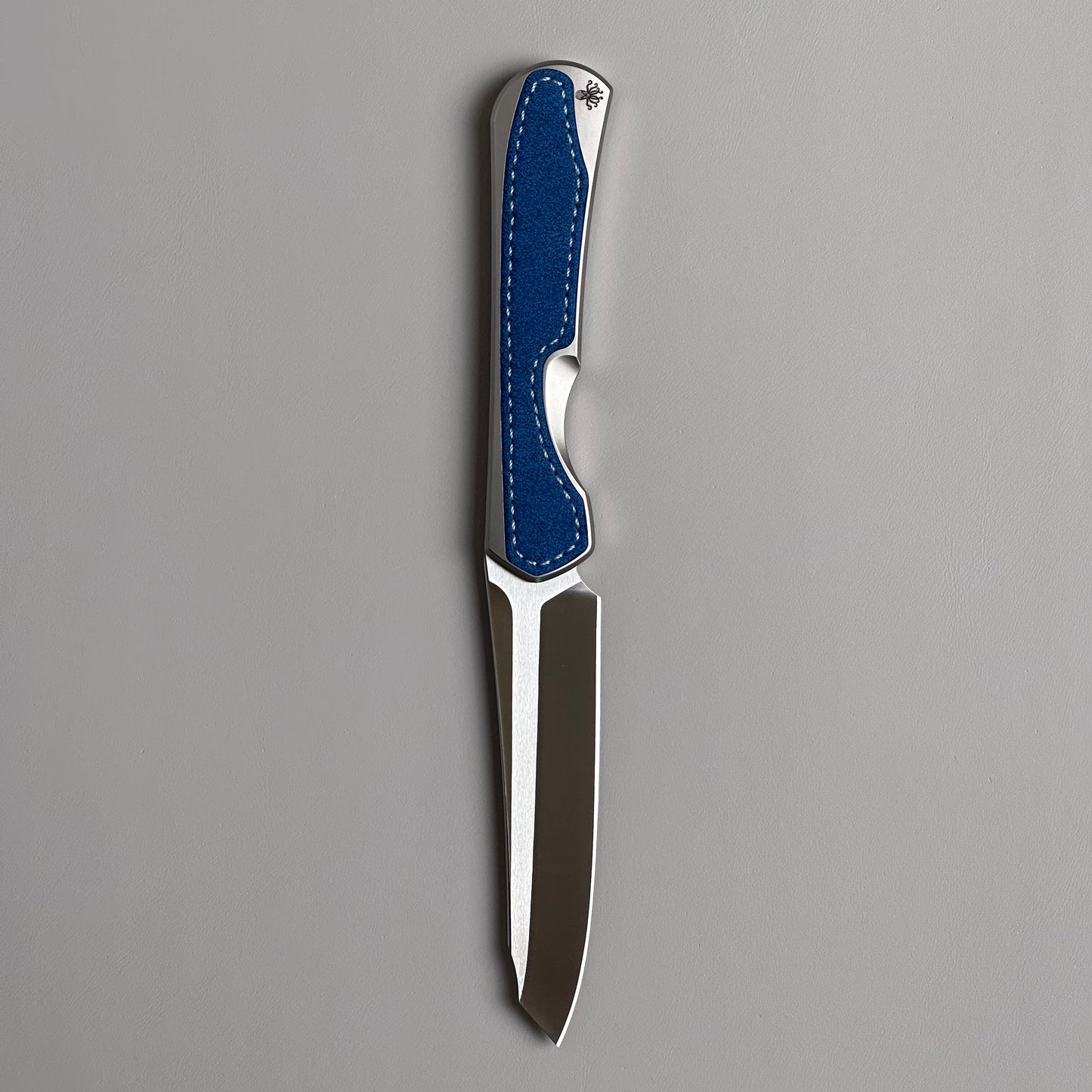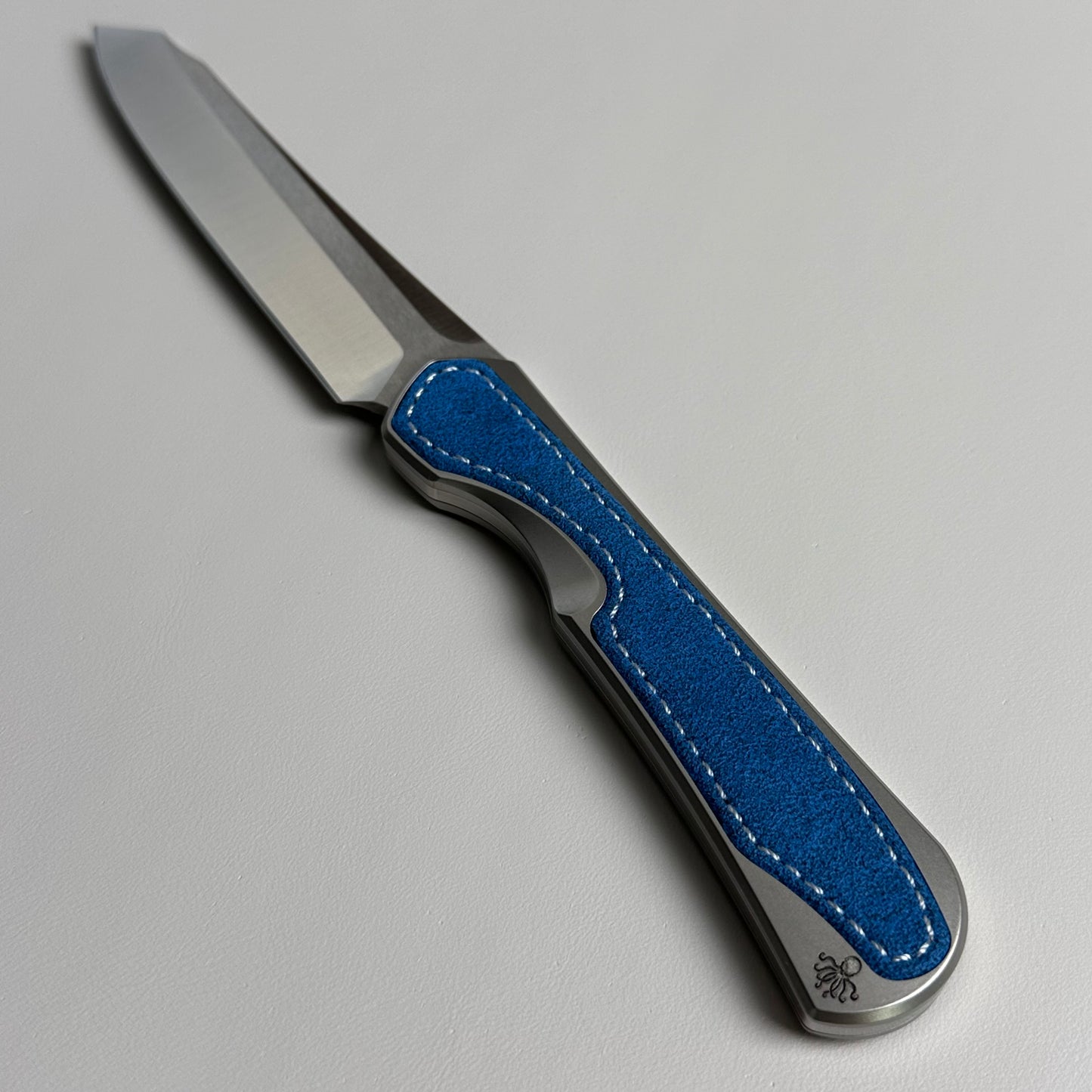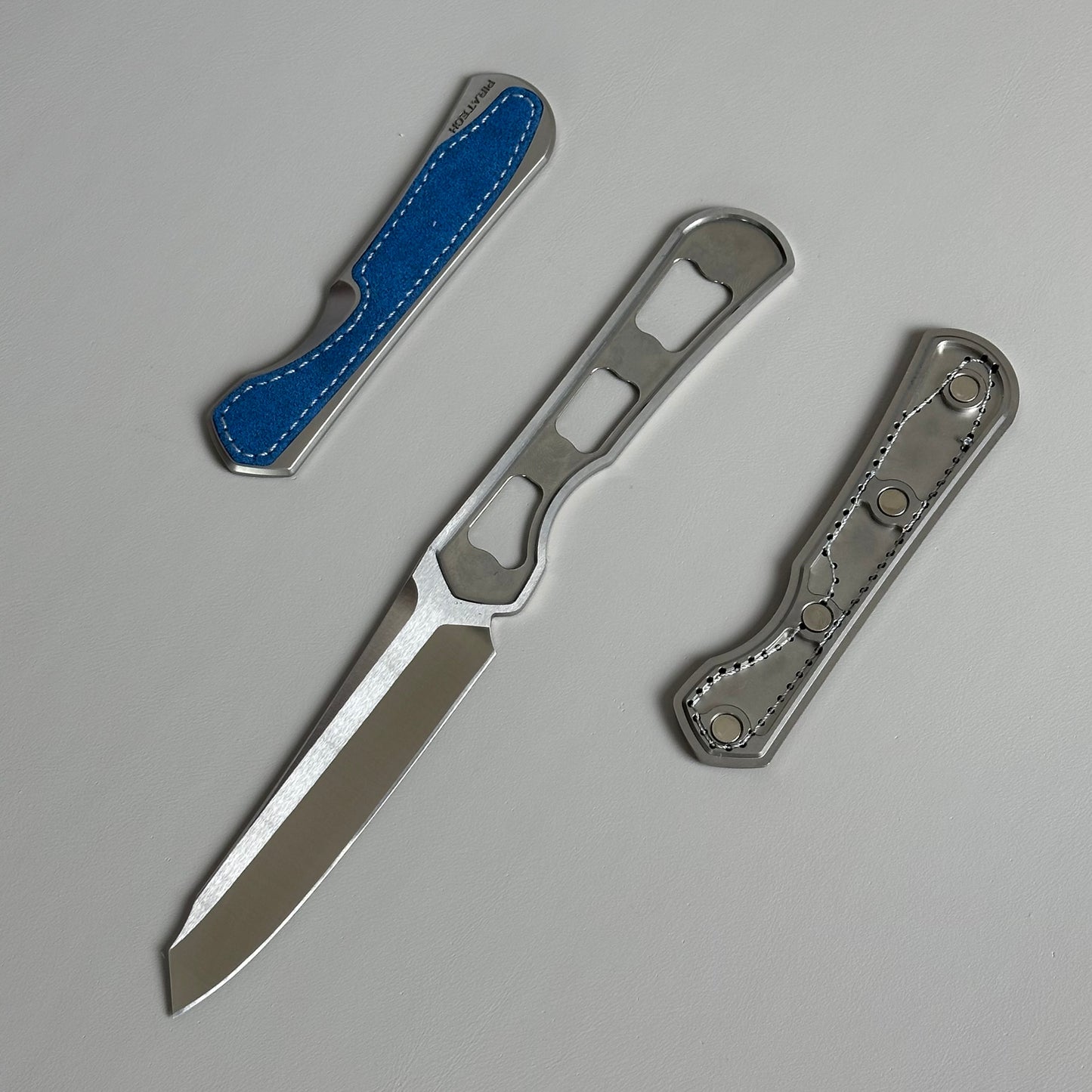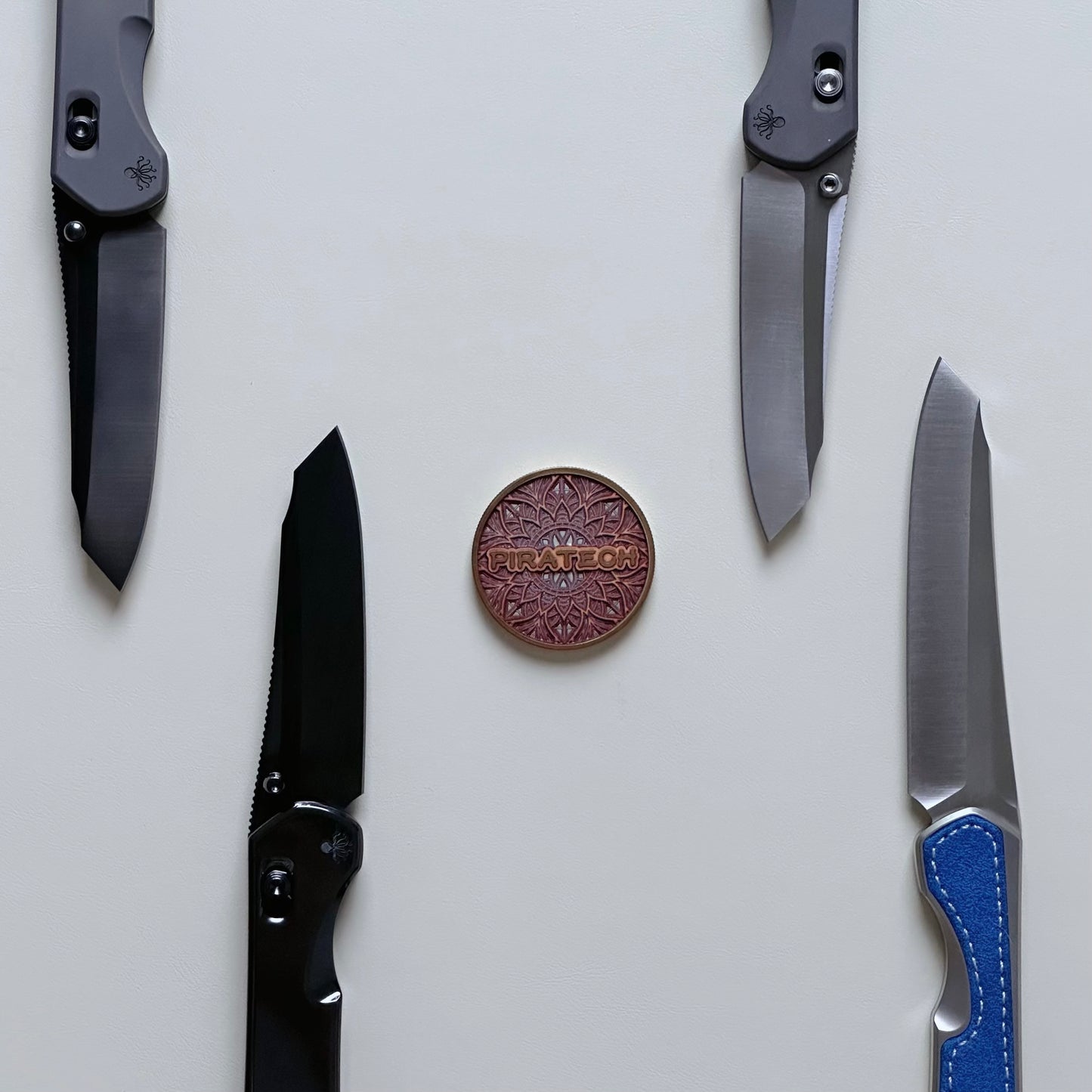Pocket knife enthusiasts are always fascinated by the evolution of blade steel in high-end models. As experts delve into the background of these exquisite tools, the improvement history of blade steel in pocket knives is a riveting narrative. Understanding the intricacies of steel composition, heat treatment, and forging techniques is crucial in appreciating the refined quality and performance that high-end pocket knives embody. Let us peel back the layers of time and explore the journey of how blade steel in pocket knives has advanced to meet the demands of discerning users.
Evolution of High-End Blade Steel in Pocket Knives
- Historical Development:
- High-end blade steel in pocket knives has evolved significantly over time. Initially, pocket knives were crafted from simple carbon steel, which was prone to corrosion and limited in terms of edge retention. However, advancements in metallurgy led to the development of stainless steel variants like 440C and VG-10, offering improved durability and rust resistance.
- Influential Innovators:
- Innovators such as Ernest Emerson, Chris Reeve, and Bob Loveless revolutionized blade steel in pocket knives by introducing proprietary steel blends like CPM-S30V and S35VN. These steels are known for their high wear resistance, toughness, and ease of sharpening, setting new standards in the industry.
- Technological Breakthroughs:
- Technological advancements, such as powder metallurgy and thermomechanical processing, have played a crucial role in enhancing the performance of high-end blade steel. Newer steels like M390 and CTS-XHP offer superior edge retention, corrosion resistance, and strength, making them highly sought-after among knife enthusiasts.
- Significance of High-Quality Steel:
- The use of high-quality steel in pocket knife blades is vital for excellent cutting performance, edge sharpness, and overall longevity. Premium blade steels not only retain their edge better but also withstand demanding tasks, making them an indispensable aspect of modern pocket knife design.
Advancements in Metallurgy and Blade Steel Composition
- Role of Alloying Elements:
- Alloying elements such as carbon, chromium, vanadium, and molybdenum play a crucial role in enhancing the properties of blade steel. For instance, carbon increases hardness, while chromium improves corrosion resistance.
- Heat Treatment Processes:
- Modern pocket knives undergo heat treatment processes like quenching and tempering to attain the desired balance of hardness and toughness. This involves heating the steel to precise temperatures and then rapidly cooling it to create the ideal metallurgical structure.
- Optimal Balance of Hardness, Toughness, and Corrosion Resistance:
- Blade steel design strives to achieve the perfect balance between hardness, ensuring edge retention, toughness for durability, and corrosion resistance for longevity. Advanced metallurgical techniques have led to the development of blades that excel in all three aspects.
Historical Milestones: Pioneering Steel Alloys in Pocket Knife Manufacturing
- Early Steel Forging Techniques:
- The Middle Ages witnessed the emergence of pocket knives crafted from basic carbon steel, a process where iron was heated, folded, and hammered to enhance its strength and durability.
- 18th-Century Innovations:
- The 18th century marked a significant advancement with the use of pattern-welded steel in pocket knife production. This technique brought together different steel layers, creating a visually appealing blade while enhancing toughness.
- Industrial Revolution Transformation:
- During the Industrial Revolution, pocket knife manufacturing transitioned to the use of crucible steel. This innovation delivered blades of superior quality due to consistent carbon content, enhancing hardness and edge retention.
- Modern Stainless Steel Evolution:
- The 20th century introduced stainless steel alloys into pocket knife construction. These alloys, such as 440C and VG-10, offered improved corrosion resistance, edge retention, and overall performance, revolutionizing high-end pocket knife capabilities.
Contemporary Innovations and Future Trends in High-End Blade Steel
In the realm of pocket knives, the landscape of blade steel is continuously evolving to meet the demands of modern users. Here, we explore cutting-edge innovations and future trends shaping the high-end blade steel market.
- Advanced Materials Integration: Pioneering the field, manufacturers are incorporating high-tech alloys like M390 or CPM-S110V for enhanced toughness, edge retention, and corrosion resistance.
- Surface Treatments Revolution: Innovative coatings such as DLC (Diamond-Like Carbon) or PVD (Physical Vapor Deposition) are being employed to augment durability, reduce friction, and enhance aesthetics.
- Cutting-Edge Technologies Utilization: Utilizing technologies like powder metallurgy or cryogenic treatment leads to finer grain structure, ensuring superior edge sharpness and wear resistance.
- Potential Future Developments: Anticipate smart materials integration for self-sharpening capabilities, nanotechnology for unparalleled strength, and eco-friendly alternatives for sustainability.
As we delve into the intricate realms of pocket knife evolution, one cannot overlook the profound impact of advancements in metallurgy and blade steel composition. Throughout history, pioneering steel alloys have sculpted the very essence of pocket knife manufacturing, marking significant milestones that continue to shape contemporary innovations. The evolution of high-end blade steel in pocket knives is a testament to human ingenuity and craftsmanship, reflecting a continual quest for excellence and durability. As we navigate through historical achievements and future trends in high-end blade steel, it becomes evident that the journey is as fascinating as the destination, offering a glimpse into the remarkable synergy between tradition and technology that defines the world of pocket knives.



